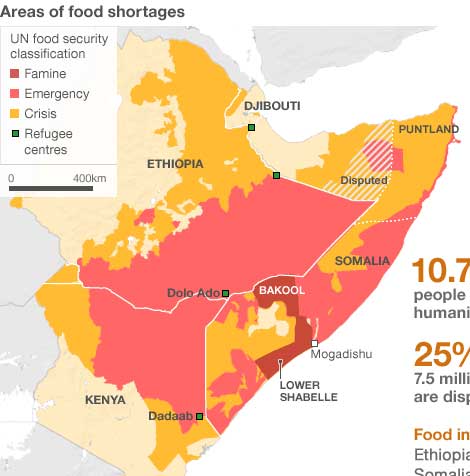
As the graph above shows American debt has grown dramatically over the last 30 years. The credit agencies have stripped the country of its triple A status, so borrowing will cost more and the struggle to reduce the deficit will be all the harder. A major default looks increasingly likely. The USA has historically gone into debt after wars; the War of Independence, the Civil War, First and Second World Wars. In periods of peace debt was repaid. This time it is different. This is only the second time in history, the other being towards the end of World War 2, that US debt has exceeded 100% of GDP. Why is America in this mess?
Again wars have played their part. Iraq and Afghanistan have been costly, financially and ethically. But this debt crisis is about much more that the cost of these relatively small wars. Personal indebtedness caused by unrealistic levels of expenditure in pursuit of the lifestyle of the American Dream is at the heart of the current crisis. This pattern of competitive overconsumption is socially corrosive, damaging to the health of the American people and it is destroying the planet.
The American Dream has been based on cheap oil. That era is over. As Al Gore has repeatedly said, borrowing ever more money from the Chinese, to pay the Arabs for ever more oil to live lifestyles that are destroying the planet just doesn’t make sense. USA is by far the world’s biggest importer of oil. In a post peak oil era prices are set to rise, leading directly to increased import costs and further economic recession, so further damaging the chances of debt reduction.
The American Dream has been a dangerous delusion. The winner takes all mentality has encouraged adulation of the rich and famous and destitution and disregard of the poor. America needs to reduce military spending, tax the rich, invest in jobs in energy efficiency and renewables, learn the pleasures of frugality and create a new American Dream based on greater equality and sustainability, if it is to reduce both its oil addiction and its indebtedness. And it might just find it can solve a whole raft of other social, political, economic and environmental problems at the same time!
See Ros Coward in the Guardian on American debt, environmental degradation, frugality and the American Dream. http://www.guardian.co.uk/commentisfree/cifamerica/2011/jul/29/us-debt-crisis-environment
Monthly Archives: August 2011
The Horn of Africa

(10.7 million people in need of humanitarian assistance, 25% of Somalia’s 7.5 million people are displaced)
Famine is once again causing widespread suffering in the Horn of Africa. Drought, poor governance across the region and the chaotic civil war in Somalia are all to blame. It’s no coincidence that the worst of the famine is in south-central Somalia, exactly where the worst of the civil war has raged for years. What could be done? Here’s my personal checklist.
- Recognise the enormous potential of the region. It could have a level of sustainable prosperity on a par with Europe. The region has the ideal climate for concentrating solar power, huge untapped irrigation potential from Ethiopia’s rivers and by solar desalination.
- Attempt to reduce conflict in the region by showing that the path to peace and prosperity lies with cooperating with a very wide range of people to develop truly sustainable development.
- Declare the whole coast as a no take zone for large foreign commercial fishing and work with the local Somalis to give up piracy and instead rejuvenate the depleted coastal fisheries for local benefit.
- Identify relatively peaceful areas, especially growing cities like Bosaso in Puntland, in northern Somalia, where new infrastructure could safely be built. A health system modelled on that of Singapore, public transport modelled on Freiburg, solar power modelled on Seville.
- Ensuring long term food security would entail learning from best practice ecologically restorative agriculture for arid lands as developed by the SEKEM project in Egypt, the ‘Machakos Miracle’ in Kenya, or by the people of Burkina Faso and Niger with their zai pits, and of course this is the ideal climate for Seawater Greenhouses.
- Short term food and humanitarian relief should of course be pumped into refugee centres like Dolo Ado in Ethiopia and Dadaab in Kenya. As quickly as possible counselling, schooling and employment should be on offer at these and many other places. The task should be getting people into the new opportunities outlined above as quickly as possible.
- Avoid letting al-Shabaab get into a position where it can control flows of aid, as this will perpetuate the instability, as has happened in the past in Somalia and elsewhere where the violent extremists have been inadvertently strengthened by well meaning humanitarian aid. This may mean directing the most resources into the safest areas well away from the violence and so away from the greatest need. Such extremely difficult decisions can only be made by people on the ground.
- People need a belief that a better future is possible. Political chaos, famine and short term humanitarian aid must not always remain the focus.
The first priority might be to start large scale intensive soil and water conservation, restorative ecological farming projects at and around the refugee centres of Dolo Ado and Dadaab, working with refugees and locals to create future food security.
Of course there will be no quick fixes to the current turmoil, but a longer term vision is necessary to build a better future. In the end it’ll be up to the people of the region. I wish them well.
